Astrophysics

We study exploding stars, growing galaxies and feeding black holes in an expanding Universe.
Our research covers a wide spectrum of activities, from fundamental physics to technological applications.

We study exploding stars, growing galaxies and feeding black holes in an expanding Universe.
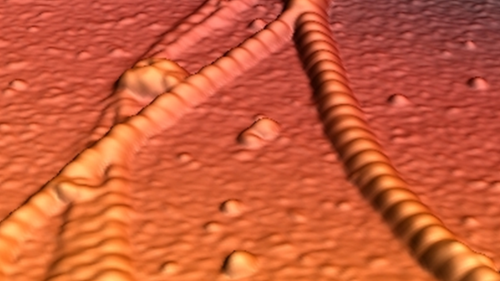
We research how quantum mechanical and thermodynamic properties of molecules, nanostructures, multilayers and glassy materials can be modified.

We carry out world-leading research in the science and technology of light.
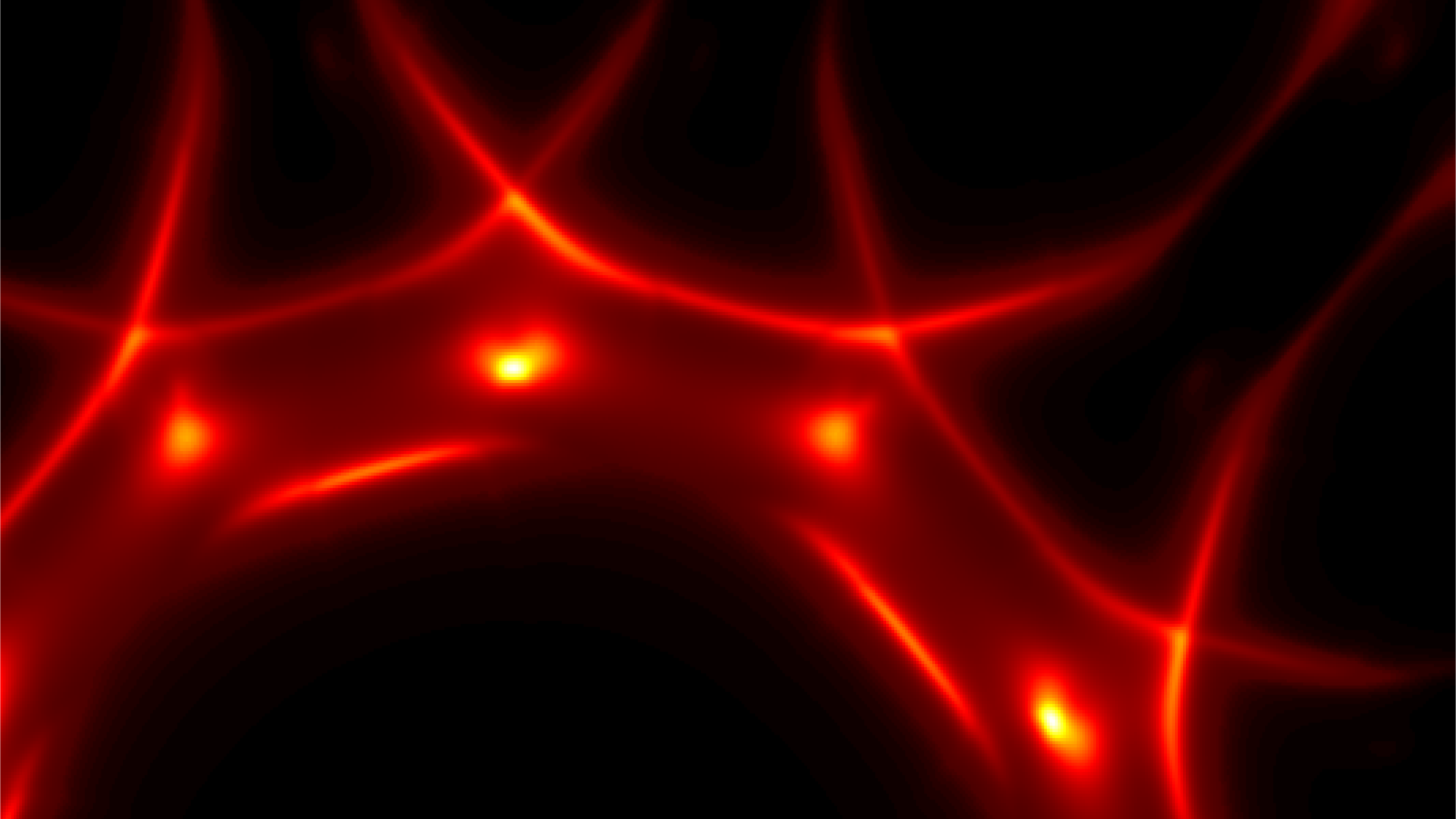
We study how components of complex systems interact with each other, and how this leads to unusual behaviour and novel applications.
96% of our submitted research activity was ranked as ‘world-leading’ or ‘internationally excellent’ in the most recent Research Excellence Framework (REF2021). Learn more about how our research helps to shape a better future.

Over half a million pounds of investment has been secured by Ceryx Medical as they develop the world’s first curative therapy for heart failure.

Dr Philippe Blondel talks about partnering with Seiche to monitor seismic prospection, and using acoustic tomography to help protect marine life.
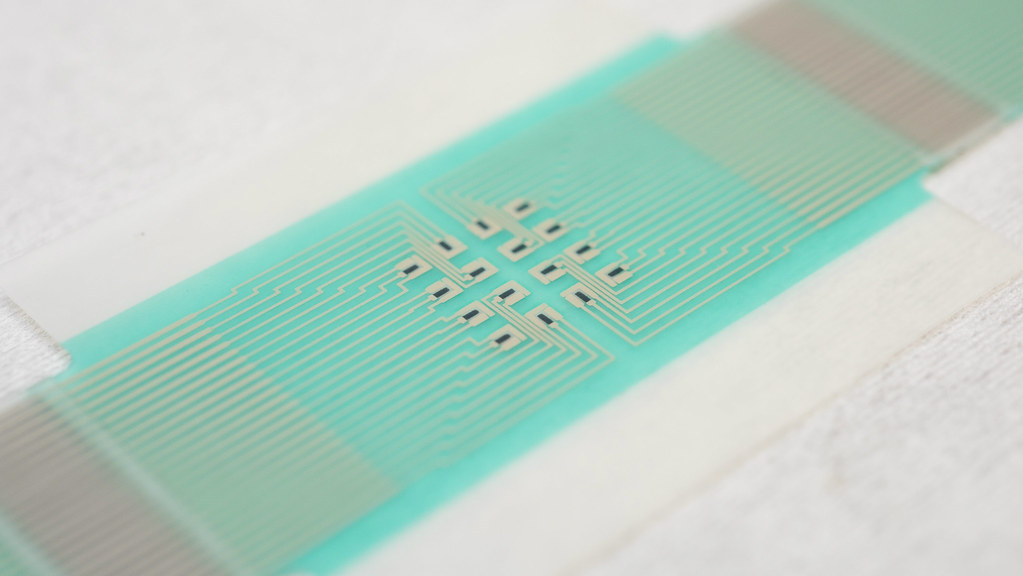
Scientists have created a non-invasive, adhesive patch, which promises the measurement of glucose levels through the skin without a finger-prick blood test.

Endoscopic devices built to test new coronavirus treatments will probably be ready by August, thanks to cutting-edge research at the University of Bath

New research involving Bath physicists could lead to the design of new materials to help improve the performance of perovskite solar cells (PSCs).

For the first time, labs around the world can 3D print their own precision microscopes, thanks to an open-source design created at Bath.
Our research centres and themes build a lively research community across intra- and iter-disciplinary fileds.
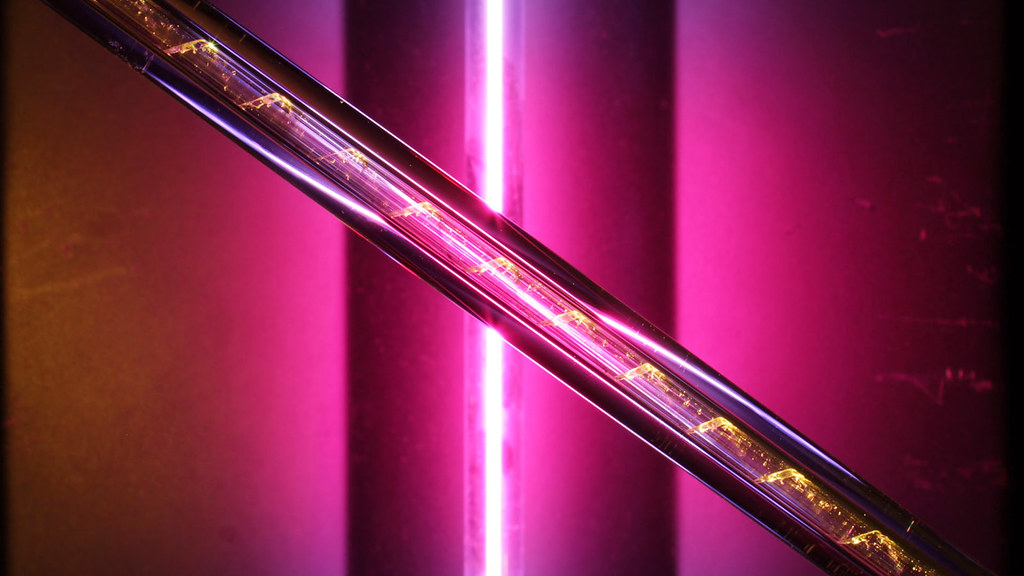
World-leading research in the science and technology of light.

We are an interdisciplinary research centre bridging science and engineering.

An interdisciplinary research centre for the modelling and analysis of complex interacting systems.

This theme builds on our strengths in photonic materials and semiconductor physics for diagnostics and bioelectronic medicine. We work closely with CTI.

The energy materials theme encompasses solar cells, batteries and innovative methods for scavenging or converting energy and we work closely with CSCT.
Find out more about the work that's happening in our research centres and facilities.

Scanning probe microscopes let us study surfaces at the nanoscale level. But how do they work and why do we need them? Physics researchers tell us more.

From telecoms to healthcare, fibre optics are an essential tool in photonics research. But how are they made, and what exactly do they do?

Dr James Stone and his research team are designing specialised optical fibres to help treat lung infections in some of the most vulnerable hospital patients.

Could light help power the next generation of supercomputers? Dr Peter Mosley and his optical fibre research team want to find out more.

Researchers in the Department of Physics are exploring the electrical workings of nerves and how they can make the drugs of tomorrow safer and more effective.
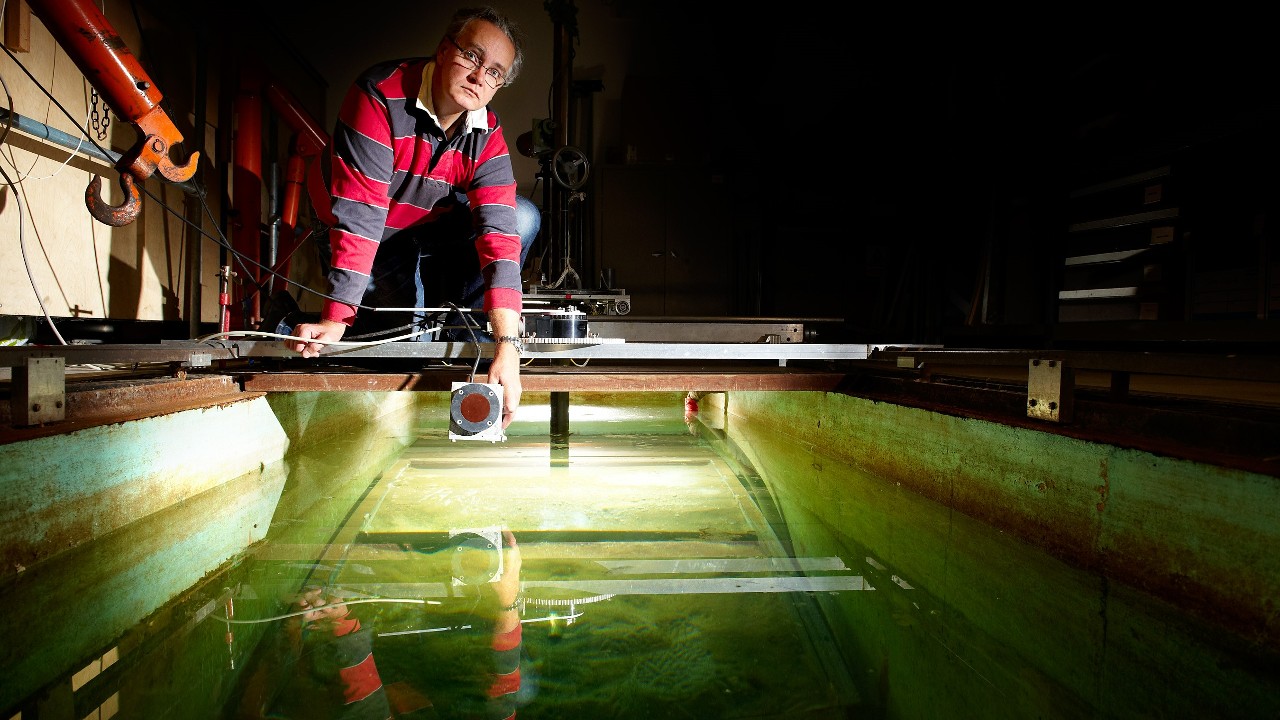
Dr Philippe Blondel from the Department of Physics is uncovering the secrets of the deep and imaging our underwater environments with sound waves.
We are also involved in a number of cross-disciplinary research centres within the Faculty of Science.

The Institute for Mathematical Innovation delivers multi-disciplinary and mathematically grounded research for real-world, societal and industrial challenges.
Explore our state-of-the-art facilities available for teaching, research and industry with expert support from University staff.
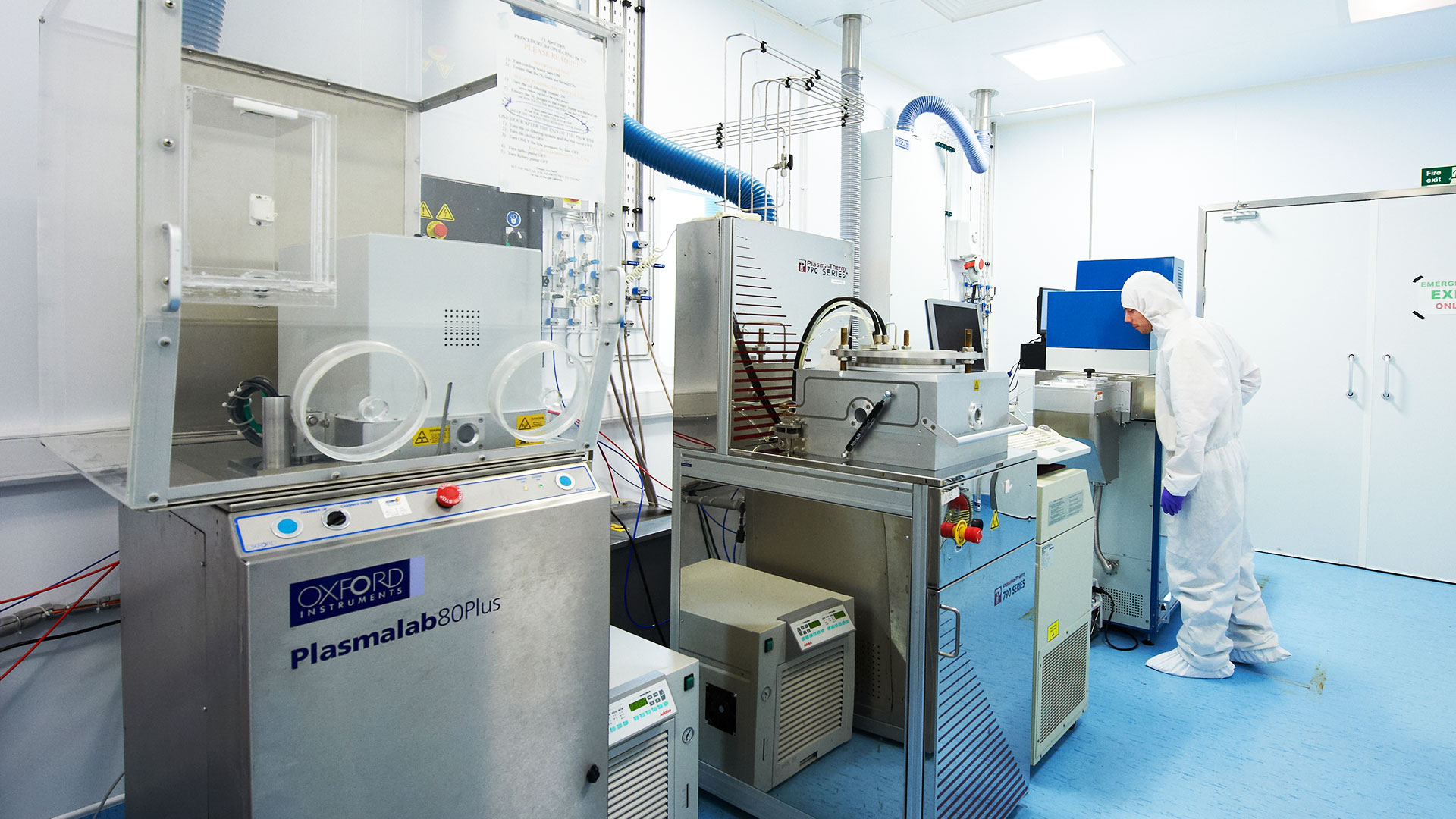
We provide access and training on specialist equipment for micro-scale and nano-scale fabrication for University of Bath researchers and external organisations.
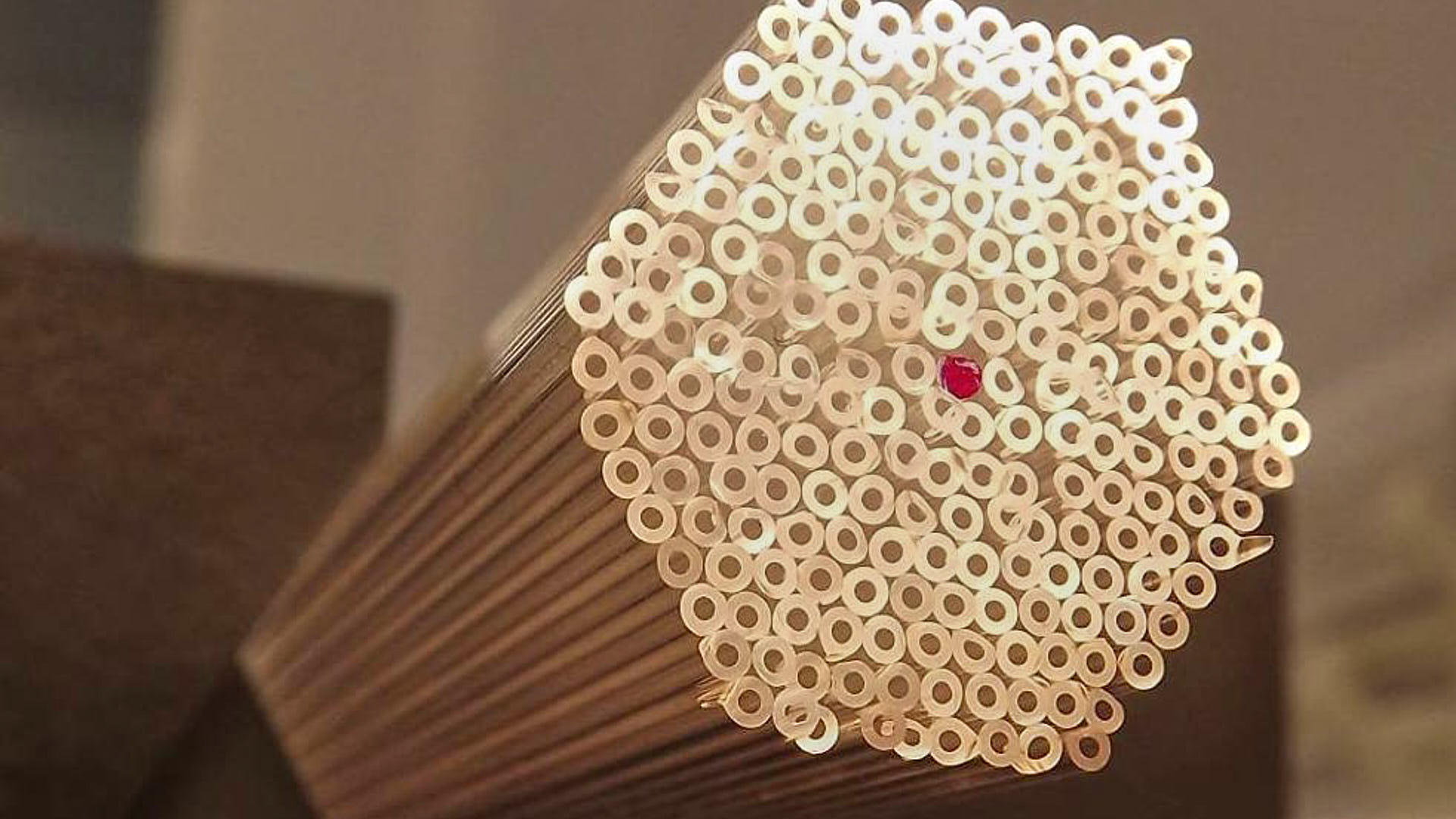
Find out about how we use our optical fibre fabrication facility to make speciality optical fibre and how you can access the facility for your own work.
We offer projects over a broad spectrum of subject areas. Projects are available as part of Centres for Doctoral Training as well as on an individual basis.

This CDT trains postgraduate researchers across a broad range of hard condensed matter physics.
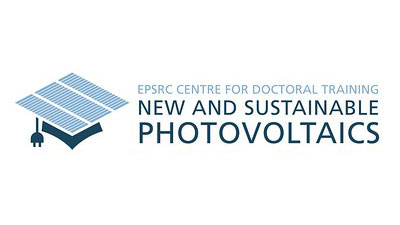
This CDT trains postgraduate researchers across the sustainable energy and PV sectors.
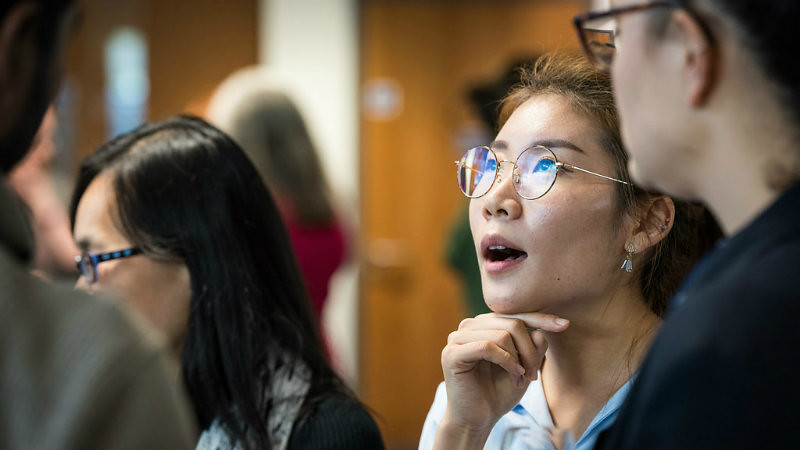
We support and enrich the experience of our doctoral researchers and play a key role in developing policy and strategy relevant to doctoral study.
Find out about our PhD programmes, funding opportunities and how you can apply.
Apply now for one of our academic positions.
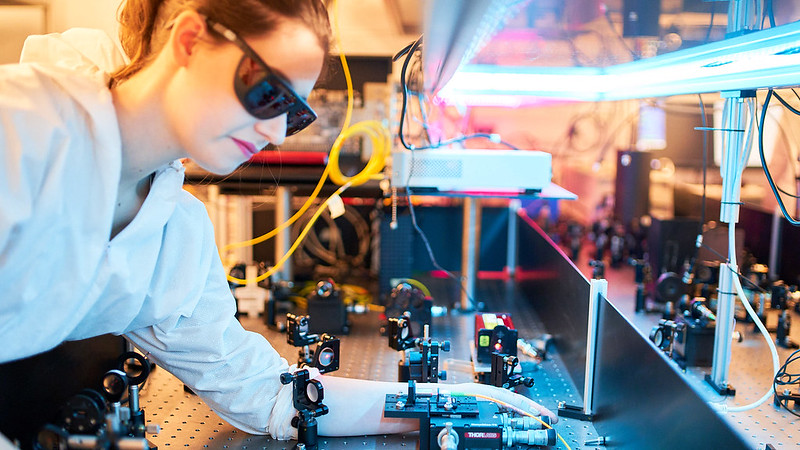
Advice for postdoctoral researchers about how to apply for fellowships and join the Department of Physics.

The University will lead a network of 12 EU universities and companies to train new researchers in the area of optical frequency combs in microresonators.
Find out more about research consortia in which we participate.
Find out more about some of our major research grants.
Find out more about our spin out and start up companies, that have resulted from commercialising our research.

Ceryx Medical is developing bioelectronics to help control a range of autonomic or rhythmical body processes such as peristalsis, heart rate and even walking.

GLOphotonics SAS is a French start-up set up to commercialise hollow-core photonic crystal fiber (HC-PCF) and their functionalised form Photonic Microcells™.

ORCA Computing’s mission is to build photonic systems that demonstrate quantum advantage, developing quantum computers for real-world applications.

VeriQloud's mission is to unlock the power of quantum communication networks, by working on the applications, software and architectures.
Find out more about our department including our courses and staff.